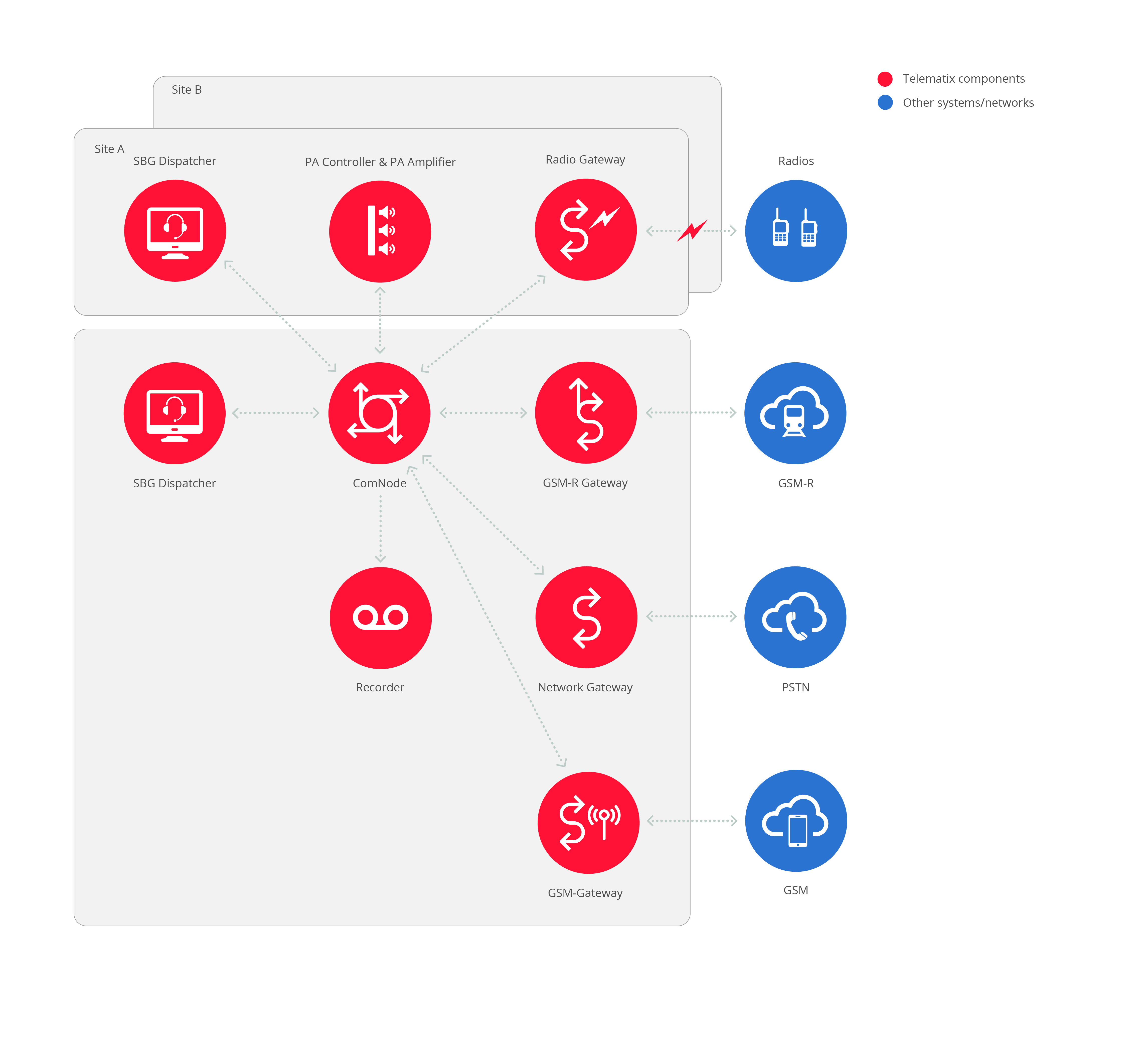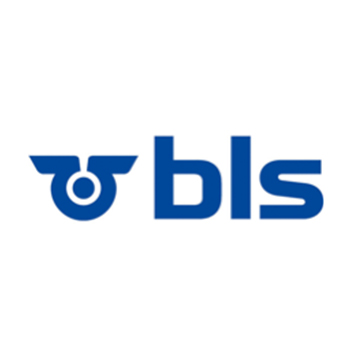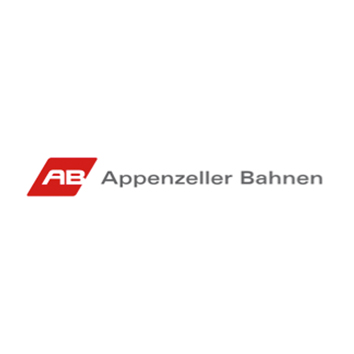Optimum operational telecommunication using NIS-R increases your efficiency
Telecommunications systems that optimally support the operating procedure prevent potential miscommunication, particularly during hectic times, and thanks to additional functions, generally increase the efficiency of the communication: By default NIS-R is already equipped with a number of these functions and integrates seamlessly into your environment and process.
Our operational telecom solutions are based on the NIS-R platform: They are in use 24/7 and, due to communicating across different technologies, facilitate the smooth operation of numerous railways and metros.
Benefits of NIS-R
- High level of availability thanks to redundant design and self-monitoring mechanism
- Scalable: NIS-R is suitable for both medium-sized systems (several dozen subscribers) and very large systems with several thousand network subscribers
- More efficient communication thanks to the consolidation of all communication subscribers from different network technologies (landline, mobile network, radio) and different applications (telephony, radio, PA system) at one work station
- Role-based functional bundles facilitate a high level of flexibility with respect to location and time: This way you increase membership during hectic times and/or the use of the roles across locations.
- Easy and intuitive operation of the dispatcher user interface
- Modern management systems allows you to easily change subscribers and roles across the entire system
Customers value
- Our excellent know-how for implementing a tailor-made, seamless integration into the existing system environment
- Additional benefit of using your existing IP infrastructure thanks to an all-IP solution, which is highly scalable and can be designed fully redundant.
- High degree of investment protection due to sophisticated migration concepts and very long product life cycles of the components used
Technology
Thanks to the various available gateways and interfaces, the NIS-R can be connected to almost any communication network and thus also serve as a routing system between networks based on different technologies (e.g. telephony + analogue radio + digital radio + PA system).
Functional call routing
- User-specific login linked to authorisation groups (only authorised operators are given access to certain roles and call destinations)
- The same role can be assumed at several SBG operating terminals at the same time (to relieve a work station when the degree of capacity utilisation is high)
- Work stations that are no longer staffed can be operated remotely
- Several roles can be assumed at the same time at one work station (local / remote operation, day / night operation, shift changeover)
- Once you have assumed a role, the SBG operating terminal displays a customised user interface configured for the specific role
Intercom and group call functions
- All of our operating terminals and call points automatically accept intercom calls. As soon as the connection has been established, you can start to speak.
- You can set up an intercom connection with a predefined group of up to 40 participants at the push of a single button.
- You can set up an individual group of intercom subscribers ad hoc.
- You can sound a gong at the connected intercom destinations to signalise your announcement and get the required attention.
Prioritised calls and emergency calls
NIS-R allows you to assign a priority to each individual call, which is observed along the entire routing path:
- Calls with a higher priority can supersede calls with a lower priority should there be a shortage of resources along the routing path
- Calls are placed in a queue on the operating terminal according to their priority
- The ringtone can be configured depending on the call priority
- Calls with a high priority can be accepted automatically if required
PA system
For further details on PA solutions, please visit Solutions/PA solution
Redundant switching nodes
Different redundancy levels facilitate an optimal solution that is tailored to your needs:
- “Warm standby” active-passive cluster solutions
- “Hot standby” active-passive cluster solutions (uninterruptible)
- Active-active virtual HA cluster solutions (uninterruptible)
Alternative routing
Status monitoring
On the one hand the ascertained statuses (online status, call status, error status, login status) are visualised on the SBG operating terminals, while on the other hand they are available to a network management system or another control system via SNMP and OPC interfaces.
The detailed, current overall system status can be viewed via the integrated “system monitor” application at all times.
Any errors detected can automatically be reported to the responsible maintenance department as an alarm.
Gateway to GSM
The status of our WAM-GSX call points (function, battery charging status, signal strength etc.) can also be monitored via the GSM gateway.
Gateway to GSM-R
See also Markets/Rail and Solutions/GSM-R dispatcher.
NIS-R is very closely connected to the GSM-R network via redundant GSM-R gateways (trunk connection + data interfaces) and is therefore capable of supporting all GSM-R specific communication channels and telephony services that are required for GSM-R dispatching: Functional addressing, call priorities, rail emergency calls, group calls, broadcast calls, DSD alarms, short messages, etc.
Furthermore, additional interfaces to a train traffic control system and/or an IN server facilitate the dynamic display of train lists with up-to-date train locations filtered by responsibility. This way a dispatcher always sees the trains that are moving within his/her area of responsibility on their SBG operating terminal.
Gateway to radio
With our MGV4000 gateway family you can exploit communication with different analogue and digital radio networks (E&M, TETRA, MPT1327, etc.). Therefore the NIS-R can be used as a fully-fledged radio dispatching system and, as a central link, even facilitates communication between different, technologically incompatible radio networks (analogue radio <=> NIS-R VoIP <=> digital radio). See also Solutions/Radio dispatcher.
Short messages
Furthermore, predefined text messages can be used to control and subsequently reconstruct application-specific processes (reporting).
Voice recording
The NIS-R system offers integrated solutions for all recording needs:
- Short-term recording: Operators of the SBG operating terminal can repeatedly listen to the last xx minutes of their calls directly on their SBG operating terminal.
- Central long-term recording: All/specific calls are recorded and archived for a longer period on a central server. Only a few authorised persons have access to the archived voice recordings.
- Voice mail: The NIS-Rail central voice mail service enables callers to leave a message if the person they have called is absent. New voice messages are displayed on the SBG and EBG operating terminals, and the operator can listen to and delete their personal messages at any time.
Logical call destinations
With the “logical destinations”, the NIS-R provides an additional level of flexibility for call routing. Calls to a “logical destination” number are not simply routed to an individual, firmly defined final destination, but to a single or even multiple configurable destination(s). In particular, a multi-stage routing sequence can be configured for a “logical destination”, for example:
- Route the call to work station with role A
- If A does not answer after 10 s, reroute the call to device B
- If B does not answer either, reroute the call after 10 s to group C (several destinations)
- If after a further 10 s the call still has not been answered, play a voice message or reroute the call to a voice mailbox
Furthermore, the SBG operating terminals provide the option to switch “logical destinations”. For example, a stand-by service number can be routed to the mobile phone of the specialist on duty depending on the stand-by service duty roster.
Graphical visualisation
All call points/subscribers can be mapped geographically on the SBG operating terminals. This provides you with intuitive access to these destinations. In addition, the graphical visualisation enables you to display various other relevant information in the environment of every destination:
- Floor plan, nearest exit, escape route
- Status of nearby systems such as escalators, lifts or ticket machines
- Remote button, e.g. to connect a camera, open a gate or barrier, stop an escalator, switch the light on/off, etc.
- Place/street names, room No., building information, platform information
- Location-dependent additional information, such as the responsible local fire service, police, ambulance service, security service, maintenance service, etc.
The geographical pictures and plans are configured project-specifically, exactly to suit your needs. For each SBG operator role you can put together individual pictures containing specific information that is relevant for the respective role.
Telephony functions
- Caller number and name display (CLIP, CNIP, COLP, CONP)
- Call forward (CFU, CFNA, CFB)
- Call transfer (CT)
- Call queue (calls are arranged in order by priority and time of receipt)
- Alternate between multiple calls
- Individual ringtones (dependent on source/destination/priority)
- Put the connection on hold and play on-hold music
- Three-way conference call (CONF)
- Large-scale conferences with moderator dialogue (up to 40 subscribers)
- Call back busy subscriber (CCBS)
- Pick up call from remote device (pickup)
- Call log (missed calls, outgoing calls, incoming calls)
- Redial
- Electronic, centrally managed directory
- Private individual directory for each operator
- Speed-dial buttons, centrally configured and/or soft keys
- Display of connection and login status on speed-dial buttons
- Blacklists and selection restrictions can be defined centrally
Configuration and maintenance
Thanks to the central subscriber administration, all operating terminals are always state-of-the-art. If for example subscriber information is changed or subscribers are added, these changes are automatically also transferred to the operating terminals. Manual reconfiguration of the individual operating terminals is not required. New subscribers, roles and logical destinations can easily be added.
The administrator can use a graphical editor to conveniently design the content of the SBG role pages by means of drag & drop, and any modifications can be distributed to the SBG operating terminals within seconds.
Via the central permission management each subscriber and each terminal can be assigned individual rights or restrictions.
You can register additional switching nodes (ComNodes) and network gateways via the systems administration if you wish to expand your system.
Via the central system configuration all already registered switching nodes, gateways, call points and operating terminals (firmware, levels, number intervals, routes, interfaces, audio files, alarms, etc.) can be centrally parameterised.
References
In partnership with SOB, Telematix has integrated GSM-R into operational telecommunication. Within the scope of this project, we installed several graphical operating terminals and implemented customised interfaces.
BLS’s highly available, geo-redundant central system is based on technology by Telematix, which has proved its worth in day-to-day operations for several years.






